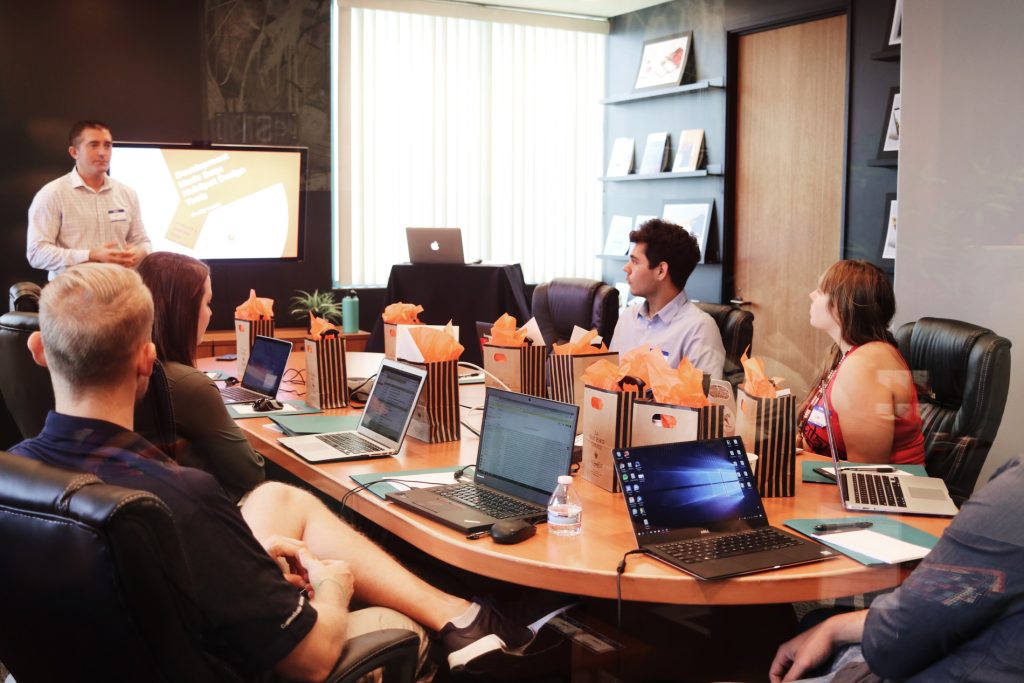How long does SEO take to start working?
To some extent, SEO gives immediate results in the form of fresh content, better organisation, but the majority of businesses are after something a little more long term and visible, usually a prime spot on page one of major search engines.
The golden question on every businesses mind, “How long before we are #1 in Google?”
Unfortunately, the answer is more complicated than the question.
To some extent, SEO gives immediate results in the form of fresh content, better organisation, but the majority of businesses are after something a little more long term and visible, usually a prime spot on page one of major search engines.
But we’re still not at a very specific question because “results” means different things to different people.
To an SEO agency, a “result” is increased traffic and higher returns.
You’ll hear a lot of estimates when you talk to different SEO companies.
Four to eight months is a common estimate. Six to twelve months is more accurate, though.
There are specific factors which play a significant role in how long your SEO will take to see results, and the speed of those results which includes competition, quality, competition, content, how quickly changes are implemented, and your budget.
SEO today is increasingly driven by natural language search, that is, people doing searches that are more like normal questions than two or three keywords.
This change has come around because people are using tools like Siri and Google Now to speak their searches, rather than typing them in. This means people are including more detail in their typed searches as they seek to find what they’re looking for faster.
These keywords are much easier to rank for because they’re not as competitive.
They are much more relevant because they include more detail, and therefore traffic from these keywords converts at a higher rate. And in aggregate, the number of searches in the long tail often adds up to many more searches than you would get from your “golden keywords.”
Therefore the objective, when it comes to rankings, is not to rank for a few top keywords that remain the same over time but to focus on a much larger number of natural language searches that is growing and changing rapidly.
Many SEO firms will tell you that it takes 4 to 6 months to start seeing results. That’s generally accurate, but bear in mind this is when you start seeing results, and SEO results grow over time. Whatever results you’re getting at 6 months should be considerably less than what you’re getting at 12 months. At some point, you may see your results taper off, and then it may be a matter of maintaining results rather than growing them.
Many companies underestimate how much time and money it takes to be successful with SEO.
Success by any standard rarely comes within the first 3 months, even with a healthy SEO budget.
SEO is a long term marketing tactic, and shouldn’t be seen as a way to generate sales quickly.
However, if you make the proper investment, and plan on being in it for the long haul, SEO is a marketing tactic with one of the best ROIs out there.
From our blog
Read our articles below to see our latest insights.









